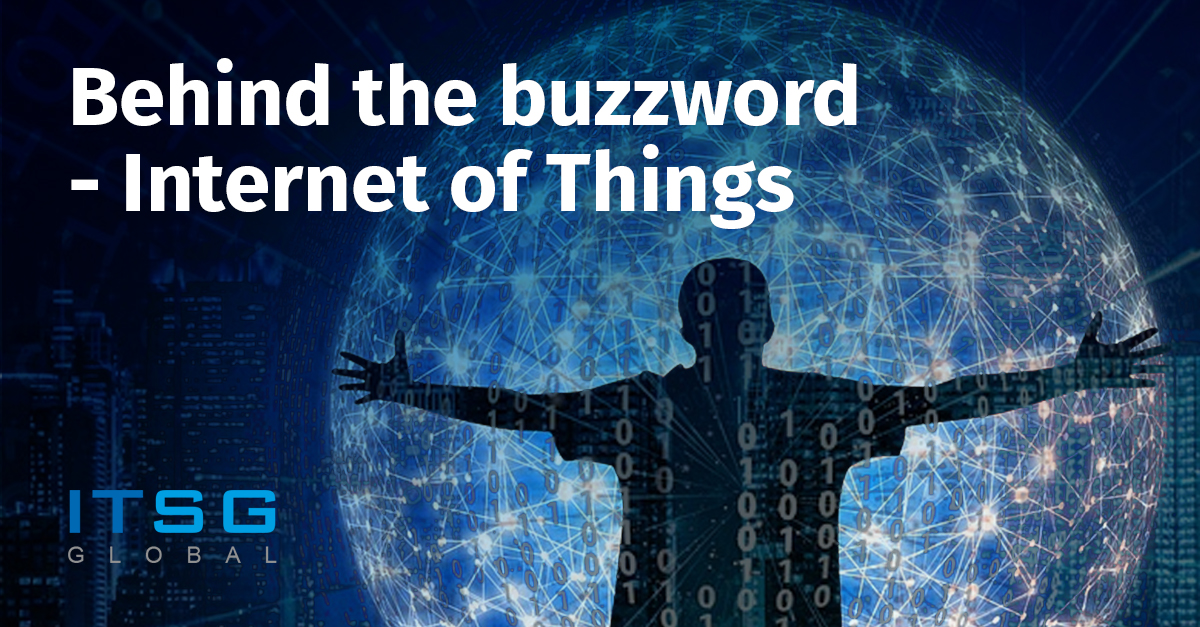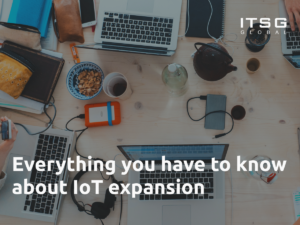26 August 2021
The Internet of Things market is significantly growing and expected to continue its rise to success in upcoming years.
The versatility of IoT
The IoT ecosystem is and will continue to be used in such concepts like smart cars, smart cities, hospitals, banking, home security systems and even dog collars. As Eric Schmidt, formerly from Google and Alphabet, has predicted: “[T]he Internet will disappear. There will be so many IP addresses, so many devices, sensors, things that you are wearing, things that you are interacting with, that you won’t even sense it. It will be part of your presence all the time.”
Even people who are unaware of the actual meaning of IoT, recognize it when given some examples. One of the most obvious is the possibility of opening a garage door with the phone or monitor lighting or windows in one’s home without actually having to be there. However some ideas are way more creative which shows the versatility of IoT itself. Such an example is HerdDogg – a platform that allows tracking livestock via ear tag. But it’s more than just showing where a specific animal is; DogHerdd provides live insight into the animal behaviour pattern which helps monitor its health.
Economic Value
Since IoT is present in most sectors, it is estimated that there will be over 64B devices worldwide by 2025 with the potential to generate between $4T and $11T in economic value. It is expected that by 2022 Google Home will have 48% of devices market share and the number of IoT devices connected in 2021 is set to hit 46 billion with the potential to exceed 125 billion before the end of the decade. Moreover, according to Statista, the average number of devices connected within one US household is 10.
IoT trends
According to Gartner, healthcare providers will use IoT solutions more often after the pandemic. Though other sectors will continue to have high demand for cost cutting tools, hospitals are expected to implement more alerting devices to monitor blood pressure, heart rate and respiration rate, preferably with a high number of patients being monitored at home.
It’s important to highlight other needs that gained visibility in 2020-2021 like effective remote teaching/learning processes, optimization in logistics or managing home offices more effectively. According to Åsa Tamsons from Ericsson, many solutions that were necessary during the pandemic will continue to be developed. And it’s difficult not to agree, since many of those trends can enable new experiences in state schooling but also private sectors. This might equalize opportunities for students from rural areas or for students who do not have access to well equipped libraries. When it comes to distribution of academic materials ScanMarker is a great tool to scan editable text quickly and send the text directly to a phone, tablet or computer. Among other functions, it’s possible to listen to the scanned text or translate it. Many similar ideas will be used in the future since they proved to help children focus, but they also are a major help for disabled students in all levels of the education system.
Sustainability challenges
Even though sustainable growth wasn’t a priority in years 2020-2021 it’s important to remember that IoT is used to optimize the use of resources and, as a result, it’s lowering the impact on the environment. IoT technology is benefiting sustainability in the following impactful ways: smart energy management, air pollution monitoring, waste and water management or smart farming. There are high hopes when it comes to the use of IoT in food waste management. According to the UN 14% of food is wasted before it even hits the shelves. One idea to improve it, is to use IoT solutions in food chain supply, to halve the food wastage by 2030.
Author: Leszek Warzecha, Digital Marketing Specialist at ITSG Global








